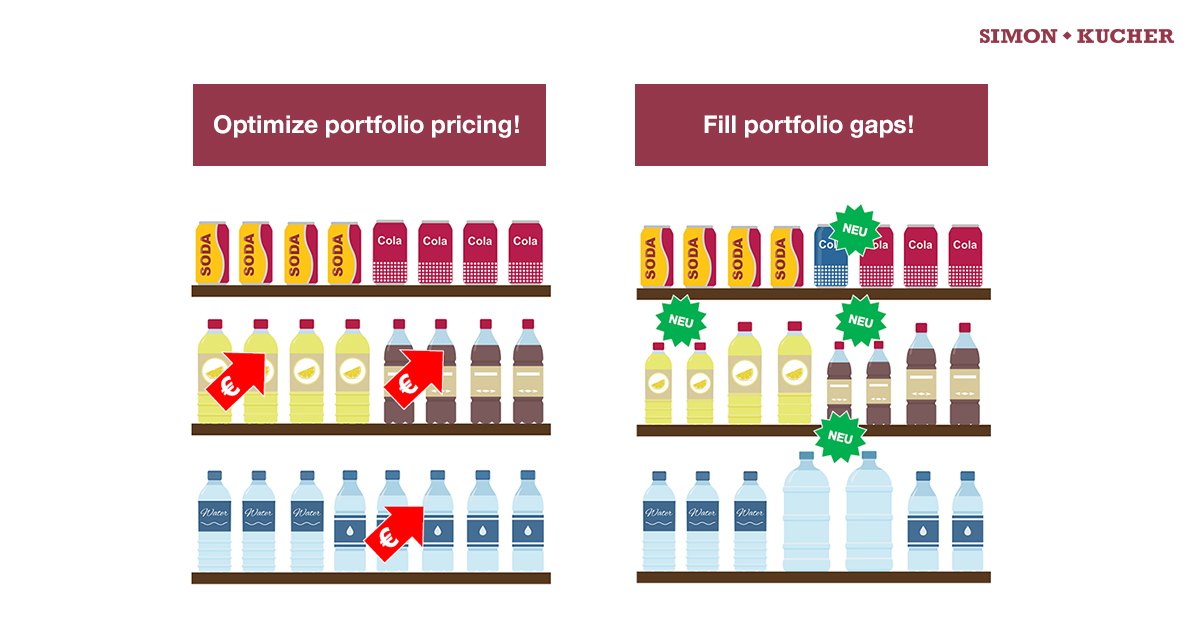Do specific groups of people prefer different package sizes? Andreas von der Gathen shares his advice for the CPG industry on how to define your target market and adapt your portfolio as part of your market segmentation strategy.
Falling sales volumes and ever-rising price pressure in the marketplace are challenges that every consumer goods manufacturer is facing. But implementing blanket price increases across the entire product range isn’t the right solution. Product innovation may be effective in helping counteract price pressure. But the key to boosting revenue and profit lies in the marketing efforts surrounding your existing product portfolio.
Manufacturers and portfolio managers have to ask themselves the following questions:
- Does our current product portfolio resonate with our target customers?
- Are our products being offered in the right package sizes and at the right price?
Simon-Kucher & Partners has developed a three-step approach to optimize the price-pack architecture of consumer product portfolios.
1. Get to know your consumers: Identify their needs and reasons for buying

To ensure your portfolio is set up in the best possible way, it is crucial to know your target audience’s needs and their reasons for making their purchases. Which occasions do consumers buy your product for and which package sizes do they prefer? From which product lines? Where do they shop? Does this vary according to the specific occasion?
Having answers to these questions is essential, as it clarifies which package size and sales channel are most suitable for each product variant.
The next step is to determine what influences your consumers’ willingness to pay and identify which product features are the real “value drivers”. These are the product attributes that consumers are prepared to pay extra for. To unleash the full potential of your portfolio, it is crucial to know exactly what these features are worth.
2. Optimize portfolio pricing: Profit from quick wins

Understanding your consumers’ needs and willingness to pay is key to being able to assess your portfolio in detail and resolve any inconsistencies.
Take a look at your current portfolio: Are there any products with prices that don’t match their actual value? Price adjustments based on consumers’ actual willingness to pay are easy to implement and can generate quick wins for your company.
3. Fill portfolio gaps: Introduce new product versions and package sizes
Gaining an in-depth understanding of value drivers enables you to determine which combinations of price, product, and package size are missing from your portfolio. Then you can close the gaps. This involves adjusting package sizes to align them with the consumer needs you have identified. Any remaining unmet needs can be fulfilled through product innovations, enabling you to maximize revenue and profit in a sustainable way.








